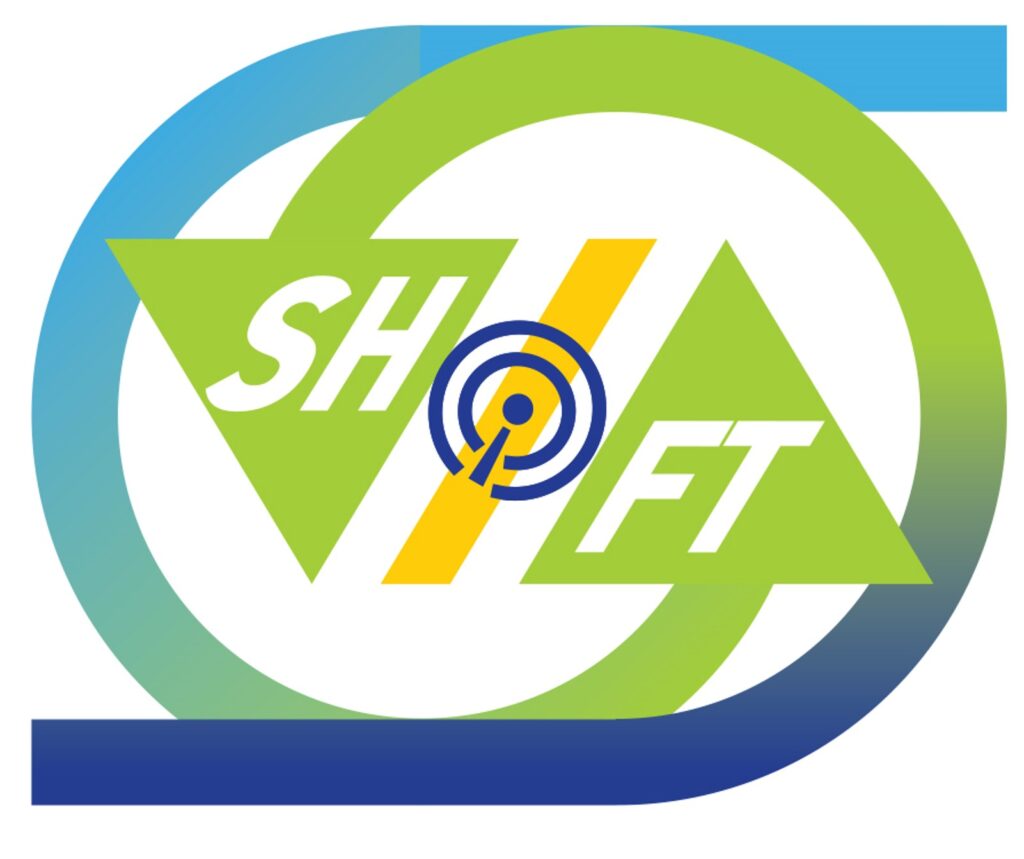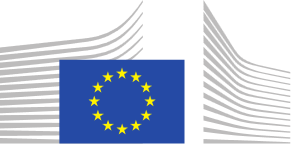├ SHIFT
Objective
SHIFT (SHIFT – Sustainable Technologies Enabling Future Telecom Applications) develops innovative semiconductor and packaging technologies for telecommunication areas such as 5GNR (Beyond 5G) and 6G wireless network access and backhaul, ultra-high speed optical links between servers, satellite telecommunications, and Earth observation. SHIFT makes significant contributions to the “twin transition” through innovations for advanced telecommunications
- Develop new Semiconductor and packaging Technologies for the high frequencies of 6G era
- Demonstrate the new semiconductor technologies by innovative and competitive System Demonstrators
- Demonstrate their economic and societal effects while reducing current environmental impacts
Related publications

Partners
- University of Calabria – MAIC LAB
- ST Microelectronics
- SIAE Microelettronica, Italy
- University of Pavia
- University of Roma “La Sapienza”
- University of L’Aquila
- Politecnico di Milano
- University of Roma Tor Vergata
Funding

EU-Horizon Europe-KDT JU
2023-2026
Project website
├ SOIL
Objective
Solidify the European FDSOI Ecosystem Accelerating its Industrial Deployment
(SOIL) The European FDSOI family of technology platforms is recognized for its low power consumption, versatility, high radiation hardness, embedded non-volatile memories and exceptional radio frequency capabilities. The objective of the SOIL project is to extend FDSOI technology platforms and broaden their use within the European industry in order to provide Europe with a real alternative to semiconductor supply autonomy using FDSOI semiconductors. We will thus expand a European technology manufactured by European players and suited to the European and Worldwide market. The SOIL project will give Europe the opportunity to move forward with industrial and academic players spanning the value chain by joining in the risk-taking necessary for the growth dynamics of semiconductors for Automotive, Space, IOT and Edge AI domain in Europe. The SOIL project will accelerate the implementation of semiconductor manufacturing based on FDSOI technology, building, and securing the European semiconductor value chain from material to system, supporting the twin green and digital transition. SOIL will expand the family of European FDSOI technology platforms by developing production and innovation capabilities in the following key areas: i) Advanced features: prepare next generation of FDSOI technologies and components; ii) Semiconductor Intellectual Property (SIP) core: reinforce the FDSOI design ecosystem and the supply chain around FDSOI manufacturing; iii) Digital, analog & RF single-chip integration capabilities (Microcontroller Unit; RF communication; RF sensor, e.g. radar). The project will shape the future by developing new technology approaches as well as numerous IPs on advanced applications and will promote the capability and benefits of the technology by providing advanced demonstrations on key applications and comparing the technology. SOIL will strengthen and expand the overall FDSOI ecosystem from material to system.
Related publications

Partners
- University of Calabria – MAIC LAB
- ST Microelectronics
- SIAE Microelettronica, Italy
Funding
EU-Horizon Europe
2024-2027

Project website
https://cordis.europa.eu/project/id/101139785
